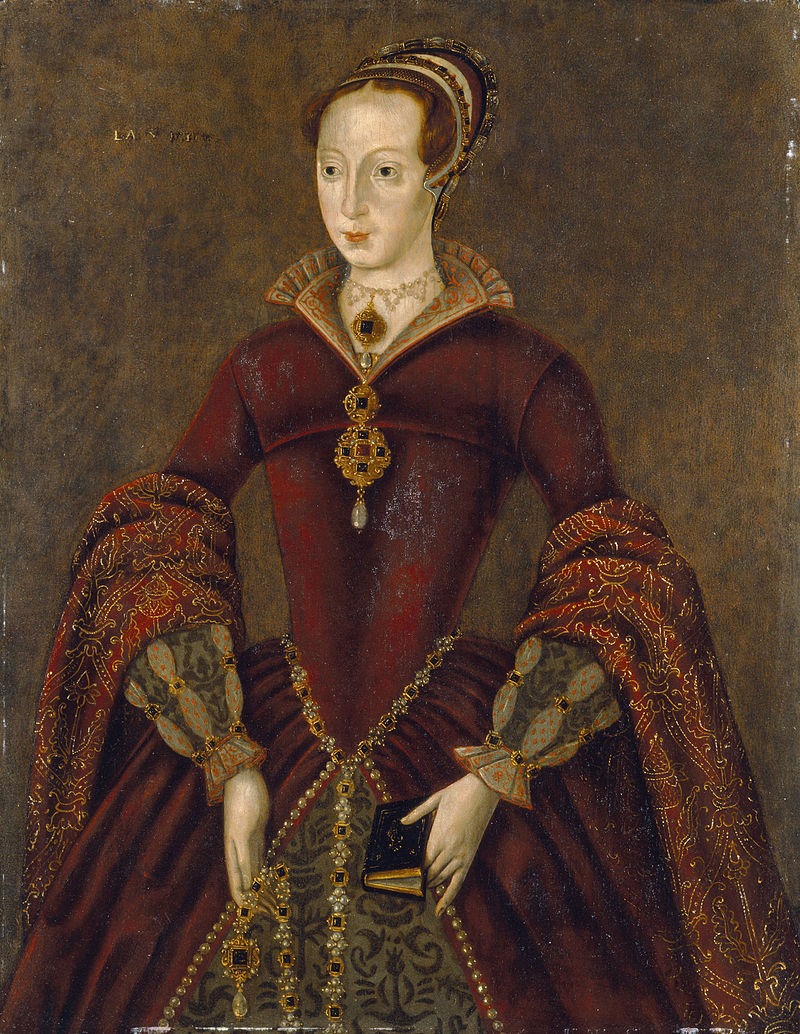Going back to history is a fascinating learning experience. England has its share in the interesting history of kings and queens, wherein various leaders have ruled the land over the years. Among the several monarchs who led England in the previous generations, there is one who gained recognition for her unique story. It is no other than Lady Jane Grey; she was known as the ‘Nine Days Queen’ because she became the Queen of England for only nine days. Her story consists of many factors which many historians and enthusiasts find alluring. In this article, we are going to look into the history and other information about the Nine Days Queen: Lady Jane Grey.
Early Life of Lady Jane Grey
Lady Jane Grey’s parents were Lady Frances Brandon and the 1st Duke of Suffolk, Henry Grey. There is no clear record as to where and when she was born; historians speculate that she was born at Bradgate Park, Leicestershire in October 1537. However, other studies show that she was born in London in 1536. The ancestry of Lady Jane Grey shows her royal blood through her mother, Frances, who was the elder daughter of Mary Tudor. On the other hand, Mary Tudor was the younger sister of King Henry VIII. Because of this, Lady Jane Grey and her two younger siblings, were considered close relatives of Henry VII, Henry VIII, as well as Edward VI.
At an early age, Jane was provided with excellent tutors, which made he knowledgeable in other languages, such as Latin, Greek, Hebrew, Italian, and a bit French. Jane proved her intelligence as a kid; she was able to write and speak proficiently with these languages. And with the influence of her excellent tutors, especially her father, she was introduced to the Protestant belief.
When She Became Queen
When Lady Jane Grey was roughly nine years old, she lived in the household of Queen Catherine Parr and Thomas Seymour, also known as Lord Seymour of Sudeley – who was the uncle of Edward VI. Impressed by Lady Jane Grey, Seymour proposed to her as the bride of his nephew: the young King Edward VI. He planned the marriage for his nephew and Jane; however, things didn’t end up well, and he was beheaded for treason in 1549.
Interestingly, Jane was engaged to Lord Guildford Dudley, who was the younger son of John Dudley – the 1st Duke of Northumberland. John Dudley was considered the most powerful man in the country during that time, and he agreed in his son marrying Jane. The wedding was commenced on May 25, 1553 at Durham House, along with the sister of Lady Jane, as well as the sister of Lord Guildford.
The Rise to the Throne and Time of Her Death
In 1553, the young King Edward VI was on his death bed; he was presuming Mary, his Catholic half-sister, as the successor to the throne. However, the Northumberland had persuaded the young king to set aside Henry VIII’s daughters, Mary and Elizabeth, from the line of succession. During this time, the Northumberland was rooting for a successor that could continue and support the Reformation, making Lady Jane Grey the perfect candidate for the role.
Interestingly, Edward VI composed a draft called “My devise for the Succession” in 1553. It includes the proclamation of Edward VI to make “Lady Jane Grey and her male heirs” as his successors, which intends to continue his Protestant legacy. This draft created by Edward VI completely bypassed his Catholic half-sisters, Mary and Elizabeth.
After supervising the copying of his wills, Edward VI died on July 6, 1553, which was not announced until four days later. Lady Jane Grey heard the news of the King’s death in July 10, which left her shocked; on that same day, she was proclaimed queen. However, the majority of English people rooted for Mary I to reign, which was also stated in the act of Parliament (1544) and Henry VIII’s will in 1547. All of these factors contribute to the Mary’s accession to the throne in July 19.
Jane’s power and title as queen ended after nine days, earning her the title: Nine Days Queen. She and her husband were then charged with high treason on November 14, 1553, wherein she pleaded guilty. They were both sentenced to death, and luckily, the execution got suspended. However, after her father participated in the rebellion of Sir Thomas Wyatt in February 1554, the execution was continued; the three of them were executed the same month.

